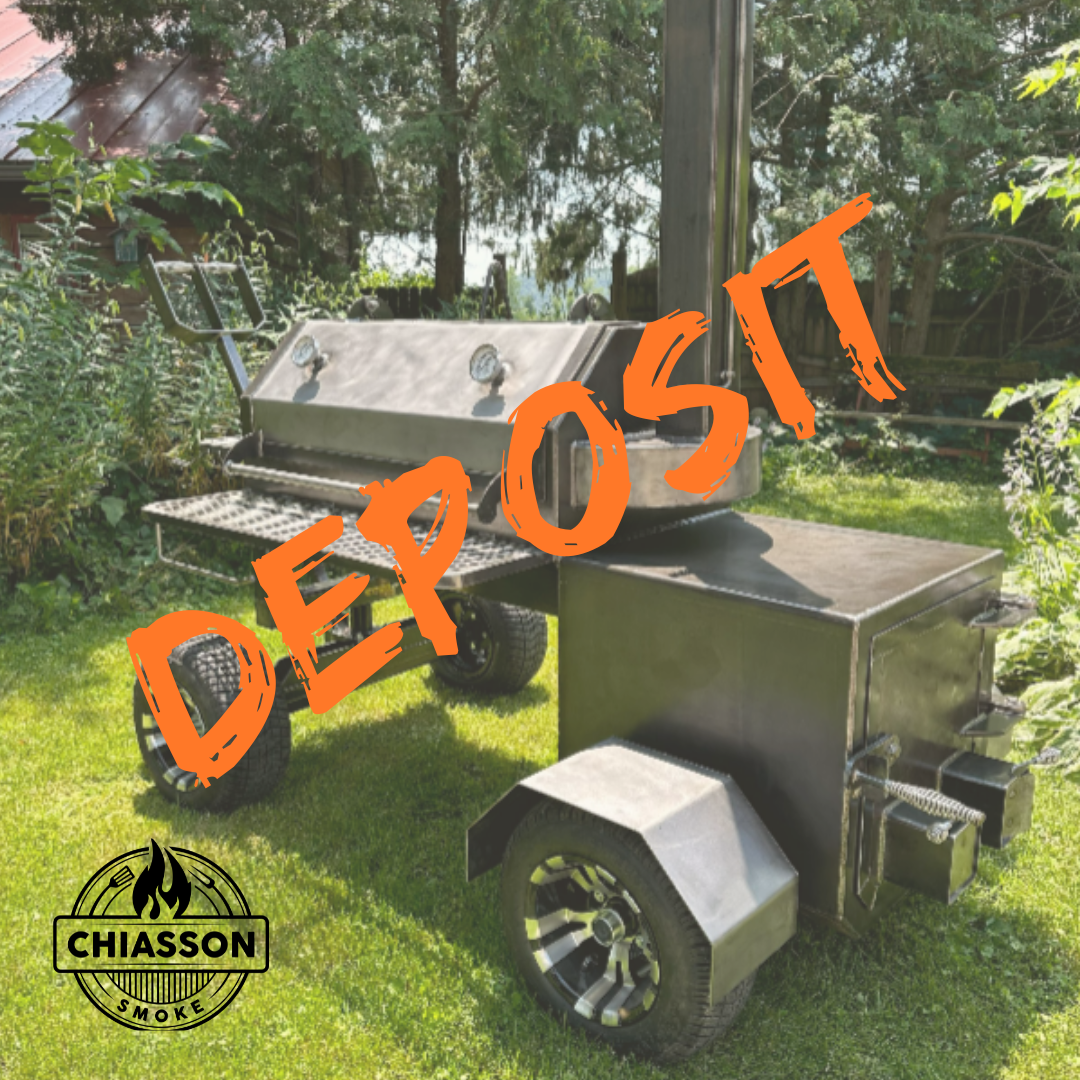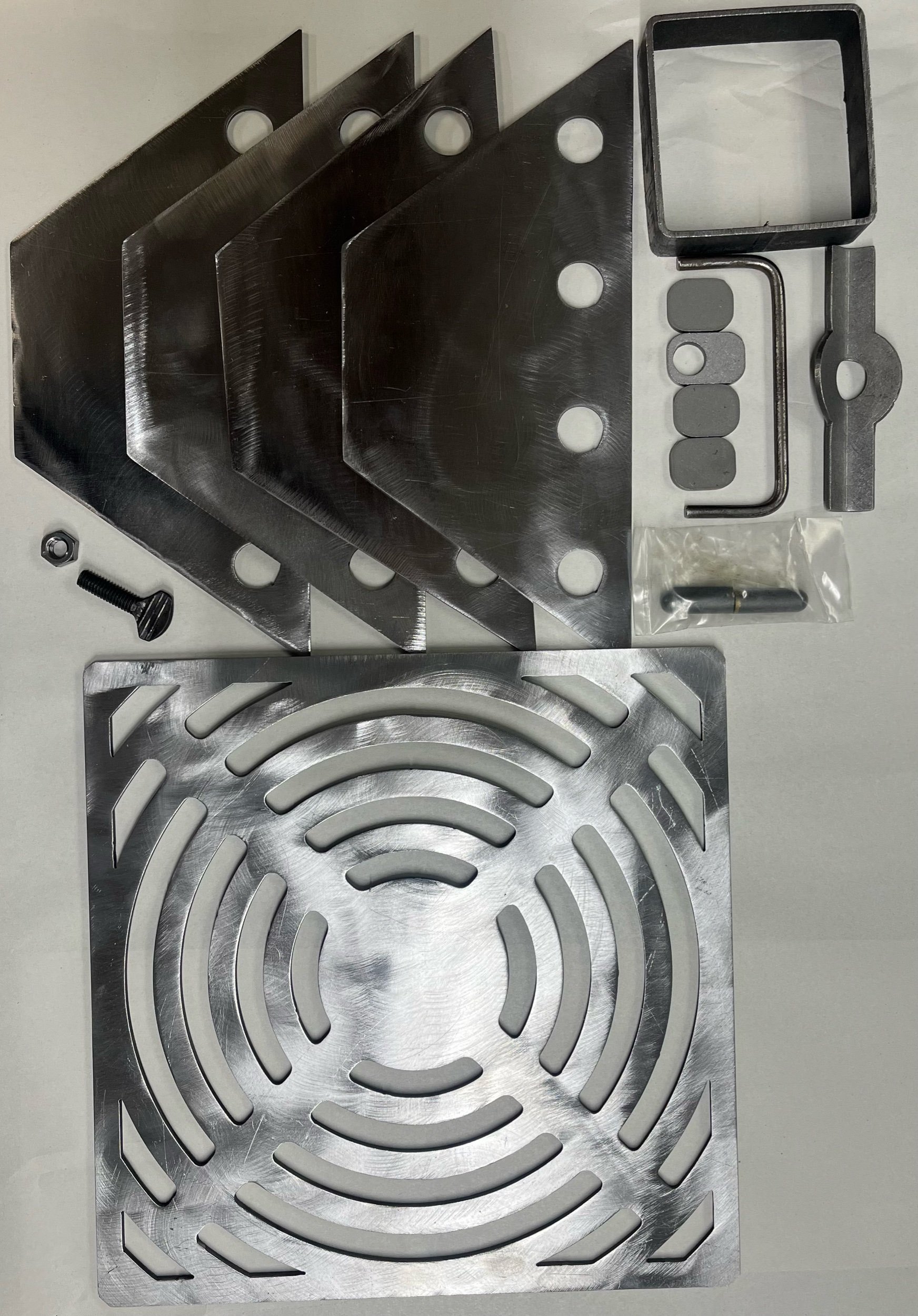How Does a Rocket Stove Work?
What Is a Rocket Stove?
Imagine a stove that sounds like a rocket, eats twigs for fuel, and cooks your food fast. That's a rocket stove. It’s small, powerful, and super smart when it comes to using fire. Unlike big campfires or grills, rocket stoves don’t waste heat. They burn wood in a special way that keeps flames hot and smoke low.
Rocket stoves are loved by campers, survivalists, off-grid folks, and even people in villages around the world. Among their many benefits, they’re also fun to build and even cooler to use. But how do they actually work?
The Magic of the “L” Shape
At the heart of every rocket stove is its shape. Picture a capital letter “L.” That’s the basic idea. One side is where you feed in the fuel (twigs, sticks, dry leaves), and the other side is the vertical chimney. This shape is important because it helps control airflow, keeps the fire strong, and pushes hot gases right where they need to go—upward!
The fire burns at the bottom bend of the “L,” which we call the air intake chamber (but is sometimes called the “combustion chamber”). This is where the magic happens. It’s a small space, but it gets really hot because the fire is focused and fed with just the right amount of air.
What Makes It So Hot?
Airflow is everything in a rocket stove. When you light your sticks at the bottom, air rushes in from the fuel feed side. That air feeds the fire and helps it burn hotter than a regular campfire. As the fire burns, hot gases shoot up the chimney side of the “L.” Because the chimney is insulated (sometimes with clay, ash, or even bricks), the heat stays in.
Why Is It Called a Rocket Stove?
When it’s working well, a rocket stove makes a soft “whooshing” or roaring sound—like a little rocket taking off. That sound comes from the air being sucked in fast and fire roaring up through the chimney. It’s not just for fun—it’s a sign that your stove is working right.
How Is It Better Than a Regular Campfire?
Here’s the deal:
Rocket stoves use way less wood.
They produce less smoke (better for your lungs and the planet).
They cook food faster.
They’re safer in some ways, because the fire is contained.
They work with almost any dry fuel you find outdoors.
Campfires are cozy, sure. But they waste heat into the air, blow smoke in your face, and burn through logs like crazy. A rocket stove? It sips twigs and turns them into serious firepower.
Let’s Talk About Combustion
“Combustion” just means burning stuff to make heat. Rocket stoves are champions at combustion. That’s because they mix fuel and oxygen in just the right way. The small space where the fire burns gets really hot—around 1,000°F or more. That heat burns up fuel that would usually float away.
What Can You Cook With It?
Anything you can cook on a regular stove, you can cook on a rocket stove—if you’ve got the right setup. Put a pot or pan on top of the chimney, and you’re ready to go. Soup, eggs, rice, pasta, bacon, pancakes—whatever your stomach is yelling for. Add a metal drum or oven box, and boom: outdoor pizza party.
See also: 5 Easy Meals To Cook on a Rocket Stove
What’s It Made Of?
Rocket stoves can be fancy or simple. You can buy one made of stainless steel or build one out of bricks, cans, or mud. Here are some common parts:
Fuel chamber: Where you place your sticks
Air intake chamber: The hot spot where fire happens
Chimney: The vertical part that pulls the heat up
Cooking surface: Where the magic hits your skillet
Some folks even use old coffee cans or soup cans to make mini versions. It doesn’t have to be pretty. It just has to burn right.
Here at Chiasson Smoke, we have a variety of different attachments that allow you to use your rocket stove as a charcoal grill, griddle, stove top, and more!
The Science Behind the Heat
Hot air rises. That’s not just a saying—it’s science. Rocket stoves take advantage of this. When fire heats the air in the chimney, that hot air rises fast. As it shoots upward, it pulls more air in through the fuel feed. That keeps the fire strong and helps burn off more smoke. It’s like a self-feeding loop: fire makes hot air, hot air pulls in more oxygen, oxygen feeds the fire, repeat.
Also, by keeping the chimney narrow and insulated, rocket stoves trap the heat and don’t let it leak out. All that energy goes straight to your pot or pan.
Why Are They So Popular?
Rocket stoves aren’t just cool—they save lives.
In many parts of the world, families cook over smoky open fires indoors. That smoke can cause serious health problems. Rocket stoves reduce smoke, use less wood, and cook faster. That’s a big deal.
They’re also great for emergencies. Lost power? No gas? Just need to cook outside for fun? A rocket stove has your back. Plus, they’re portable, cheap, and easy to fix. What’s not to love?
Building Your Own Rocket Stove
Want to try making one? You can build a basic rocket stove with four bricks. Seriously. Stack them in an “L” shape, feed in twigs, and you’re good to go.
Or go wild and build one from a paint can, a soup can, and some insulation. There are hundreds of DIY videos and plans online.
Here at Chiasson Smoke, we have specialized DIY weld kits available for those of you who want the best mix of quality and adventure.
Tips for Using One Like a Pro
Use dry wood. Wet wood = smoke monster.
Keep airflow clear. Don’t block the chimney.
Watch the flames. A steady whoosh is good.
Place it on a flat, fireproof surface. Safety first!
Final Thoughts
Rocket stoves are like the superheroes of outdoor cooking. They’re small but powerful, easy to build, and surprisingly fun to use. Whether you’re deep in the woods, hanging out on your patio, or just curious about fire science, they’ve got something to teach you.
And once you hear that whooshing sound, you’ll know—you’ve built your own fire rocket.
So next time you’re cold, hungry, or just feeling curious, grab some sticks and light it up. The rocket stove is ready for takeoff.










